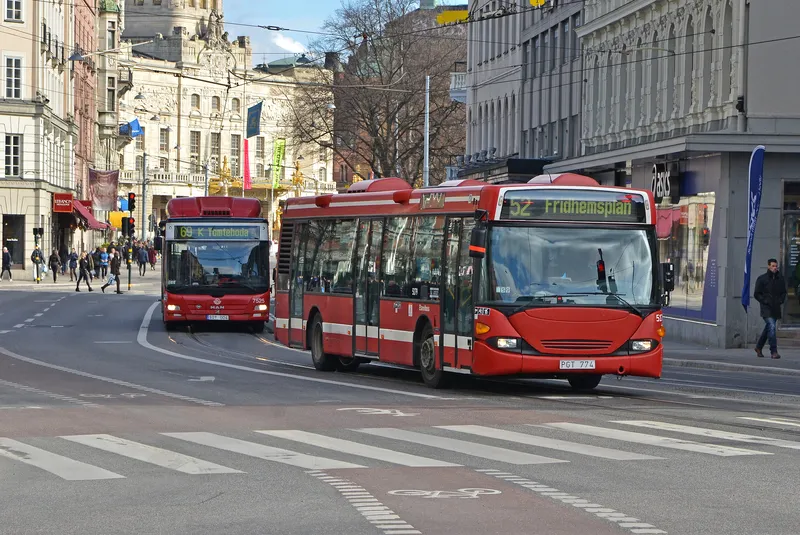T-Systems Hungary has been awarded a contract by Hungarian public transport operator Kaposvari Tomegkozlekedesi to set up a new passenger information system in the municipality of Kaspovar. The project includes the installation of passenger information displays including 41 solar-powered units at bus stops, wi-fi hotspots, and a new real-time GPS tracking system. Bus arrival times will be displayed on the passenger information displays, including information on the arrival of low-floor buses for the disabl
February 13, 2013
Read time: 1 min
The project includes the installation of passenger information displays including 41 solar-powered units at bus stops, wi-fi hotspots, and a new real-time GPS tracking system. Bus arrival times will be displayed on the passenger information displays, including information on the arrival of low-floor buses for the disabled and elderly.
Some 90% of the total value of the US$1.85 million contract is expected to be covered from EU funds.
Kaposvari Tomegkozlekedesi operates a fleet of 40 buses and the system is designed to enable traffic managers to more accurately track bus status and contact drivers. By providing passengers with a predictable schedule, the company hopes to increase the numbers of people using its services.










